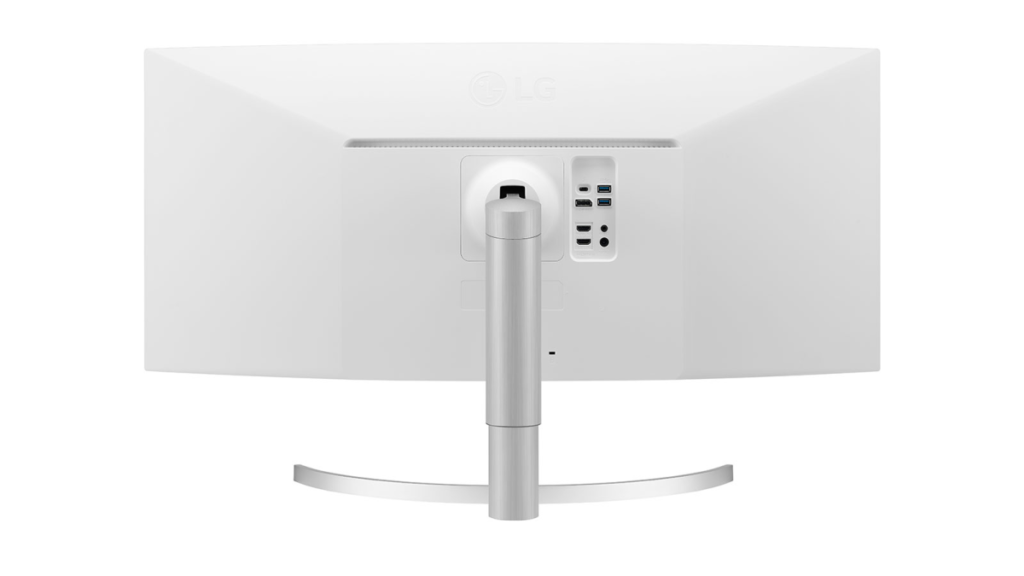
When it comes to display solutions, there is truly no one-size-fits-all approach. Whether gaming, creating content, general editing, or simply surfing, internet users can have a specific preference. Factor in other details such as color accuracy, brightness, size, or PPI, and it can become a dizzying effort to pick the right display for your needs. We could probably write a lengthy, multi-page story on all the options available for current consumer-grade, or professional-grade, monitor technology. LG’s latest offering attempts to cross off more check marks on the ever-growing list of “wants” that a potential buyer may have for a fully featured display in 2020. Meet the LG 38WN95C-W.
Specifications
- Size: 38″
- Aspect Ratio: 24:10 Ultrawide
- Resolution: QHD+ 3840 x 1600
- Viewing Angle: 178 degrees
- Refresh Rate: Native 144 Hz or overclocked to 170 Hz
- VRR: AMD Freesync and NVIDIA G-Sync Compatible
- Response Time: 1 ms
- Panel Type: Nano IPS
- Color: 95% P3, P8% DCI-P3, 1.07 billion colors
- Brightness: 450 nits, peak 600 cd/m²
- HDR: HDR600 Certified
- Connectivity: 1 x Thunderbolt 3 port, 1 x 1.4 DisplayPort, 2 x HDMI 2.0
- USB: USB 3.2 Gen 1 Hub featuring 2 x USB 3.0
- Headphone: 1 x 3.5 mm jack
- Price: $1599.99

This display does attempt to be the one-size-fits-all solution. It is large enough for work, while also incorporating many other entertainment-related features. A high refresh rate, coupled with variable refresh technology, and low response time, could entice more than a few people looking for a new gaming display. VRR is effective at 48 Hz to 144 Hz. At $1599.99, though, it could potentially be priced out of reach for many.
